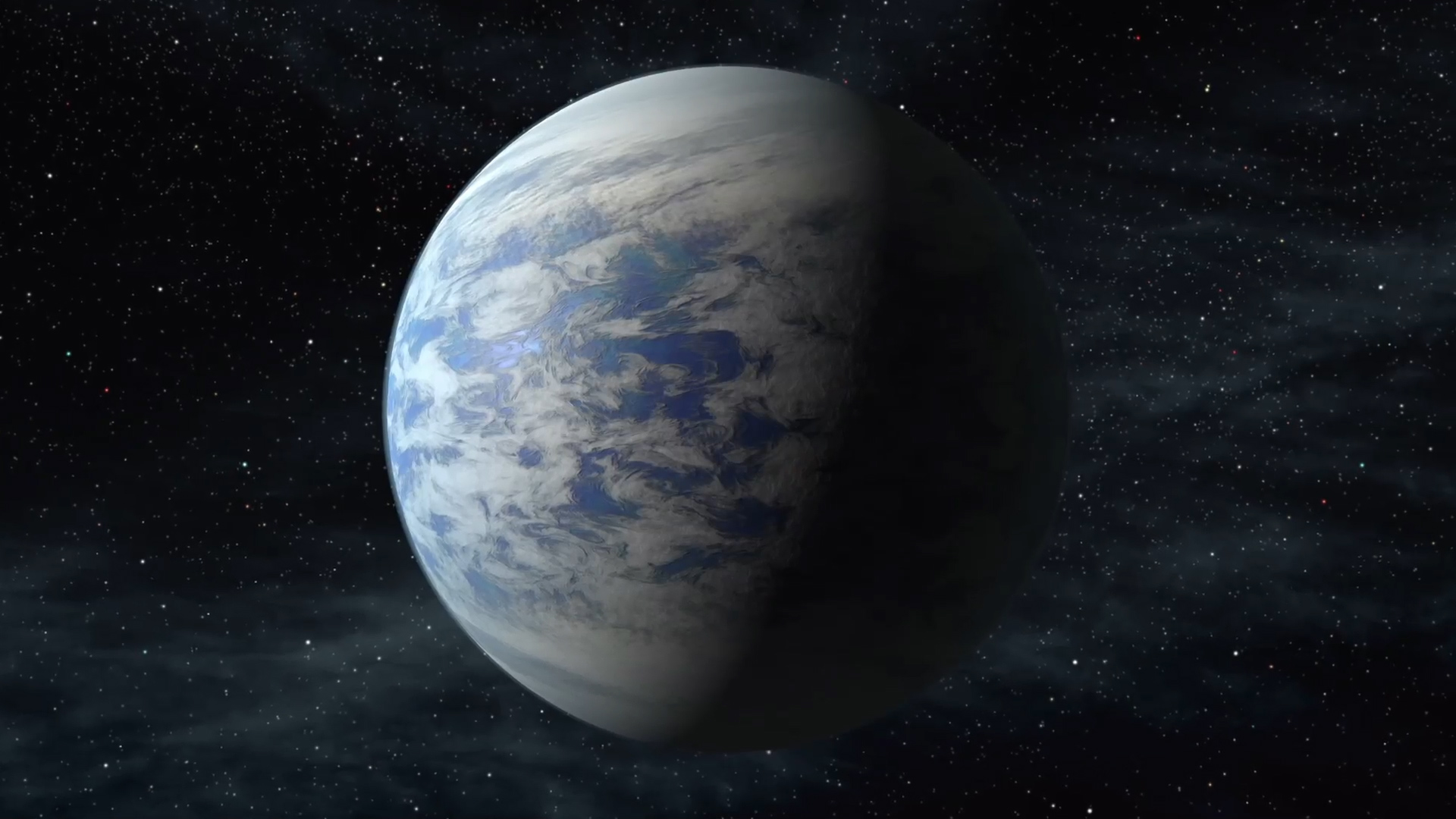Project Blue's Planet-Hunting Space Telescope Gets New Crowdfunding Campaign

The private space telescope initiative Project Blue launched a new crowdfunding campaign Sept. 6 in a second attempt to raise money for its mission to directly image Earth-like exoplanets.
The initiative aims to launch a small space telescope into low-Earth orbit. The telescope will spy on our interstellar neighbor Alpha Centauri and image any Earth-like planets that might orbit the star system.
In support of Project Blue, BoldlyGo Institute and numerous organizations, including the SETI (Search for Extraterrestrial Intelligence) Institute, the University of Massachusetts Lowell and Mission Centaur, launched an IndieGoGo campaign to raise $175,000 over the next two months. The funds will be used to establish mission requirements, design the initial system architecture and test its capability for detecting exoplanets. Project leaders will also begin looking for potential partners who could manufacture parts of the space telescope, representatives said in a statement.
"We're very excited to pursue such an impactful space mission and, as a privately-funded effort, to include a global community of explorers and space science advocates in Project Blue from the beginning," Jon Morse, CEO of BoldlyGo Institute, said in the statement.
Last year, Project Blue organizers attempted to raise $1 million through the crowdfunding platform Kickstarter, but the campaign was canceled after only $335,597 was contributed and Project Blue received none of the funds (as is Kickstarter's policy).
With the IndieGoGo campaign, however, the organizers have a more flexible goal and will be able to keep all contributions from supporters, even if the initial goal of $175,000 is not reached. So far, more than $45,000 has been raised through the campaign.
The neighboring star system Alpha Centauri is located only 4.37 light-years from Earth, making it a target for scientific research. Project Blue estimates it will take about $50 million to build the special-purpose telescope, which is planned to launch in 2021.
Get the Space.com Newsletter
Breaking space news, the latest updates on rocket launches, skywatching events and more!
The small space telescope will use a specialized coronagraph to block the bright glare of Alpha Centauri's stars and detect planets that may be orbiting there. One planet, Proxima b, has already been detected around Proxima Centauri.
However, Proxima b was discovered indirectly, by measuring the planet's gravitational effect on its host star. Instead, the Project Blue telescope will be designed to directly image Earth-like planets in Alpha Centauri's neighborhood.
Follow Samantha Mathewson @Sam_Ashley13. Follow us @Spacedotcom, Facebook and Google+. Original article on Space.com.
Join our Space Forums to keep talking space on the latest missions, night sky and more! And if you have a news tip, correction or comment, let us know at: community@space.com.

Samantha Mathewson joined Space.com as an intern in the summer of 2016. She received a B.A. in Journalism and Environmental Science at the University of New Haven, in Connecticut. Previously, her work has been published in Nature World News. When not writing or reading about science, Samantha enjoys traveling to new places and taking photos! You can follow her on Twitter @Sam_Ashley13.









